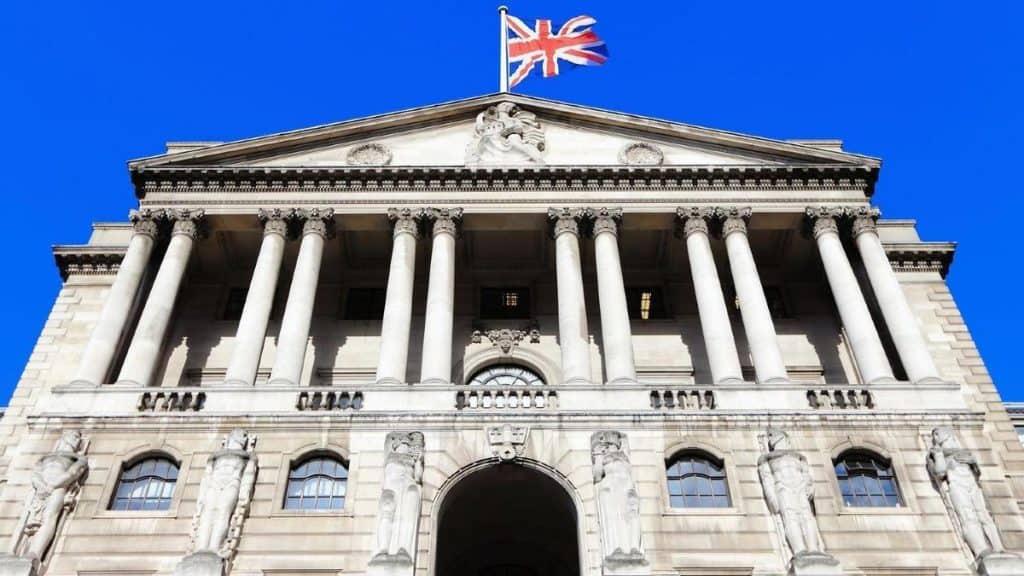
The Bank of England said Thursday British banks will need at least six months to prepare for a shift into negative interest rates.
The BOE asked British banks in October about their preparedness for negative interest rates, having revealed in September that it was exploring the possibility of taking rates below zero if necessary.
In a letter to lenders published Thursday, Sam Woods, the head of the Bank’s Prudential Regulation Authority said a majority of banks would need time to alter systems and processes and implement strategic or tactical solutions.
“On the basis of firms’ responses to this exercise, the PRA understands that the majority of
firms would be able to implement tactical solutions to accommodate a negative Bank Rate within six months, without material risks to safety and soundness,” Woods said in the letter.
The PRA will now engage with firms on their development of tactical solutions, with the aim of having all authorized firms prepared to implement a negative rate regime after six months. The Bank clarified, however, that it is not suggesting that negative rates are inevitably being introduced.
Negative rates effectively pay businesses and individuals to borrow money and penalize banks for depositing cash, therefore in theory encouraging them to invest and spend more — actions that can help the economy to grow.
However, they exert further downward pressure on banks’ profit margins, which if passed on to customers, could fail to have the desired effect.
“There is no need for negative interest rates because they’re bad for savers and bad for banks. We can look at the impact on the Eurozone for proof of this,” said Neil MacKinnon, global macro strategist at VTB Capital, in a research note. MacKinnon suggested that since the onset of the pandemic, the heavy lifting has been done by the government’s fiscal stimulus.
“Once the lockdowns are gradually lifted in response to a successful vaccine programme, fiscal support can pave the way for getting the U.K. recovery back on track,” he added.
Policy on hold
The Bank’s Monetary Policy Committee on Thursday left monetary policy unchanged following its first meeting of 2021, with its main lending rate held at 0.1% and target stock of asset purchases kept at £895 billion ($1.2 trillion).
The MPC voted unanimously to hold rates steady and maintain its quantitative easing program at current levels as the U.K. looks to emerge from the economic damage of the pandemic.
Luke Bartholomew, senior economist at Aberdeen Standard Investments, said the unanimity of the vote was a surprise, given that some members of the MPC had expressed attraction to zero or negative interest rates. He suggested this decision was “unlikely to be the end of that debate.”
“However, the chance of a cut to negative rates at least in the near term has probably decreased somewhat, as the Bank watches to see how (the) vaccine roll out progresses and how the economy eventually recovers from the Covid shock,” Bartholomew added.
The economic outlook for the U.K. remains uncertain, with nationwide lockdown measures in place at least until early March as the country tries to quash a resurgence of the virus while its vaccine rollout continues apace.
The Bank also downgraded its economic growth forecast for 2021 to 5%, having projected annual growth of 7.25% in its November Monetary Policy Report.
Sterling was flat against the dollar following the report’s publication, while the euro gained 0.4% against the pound.
